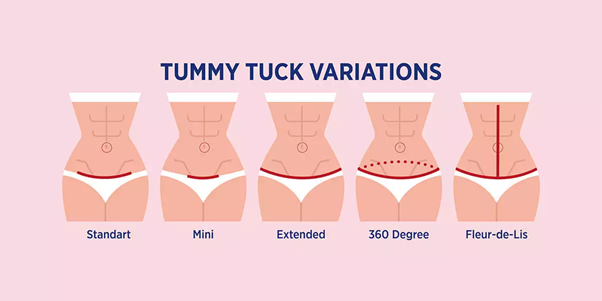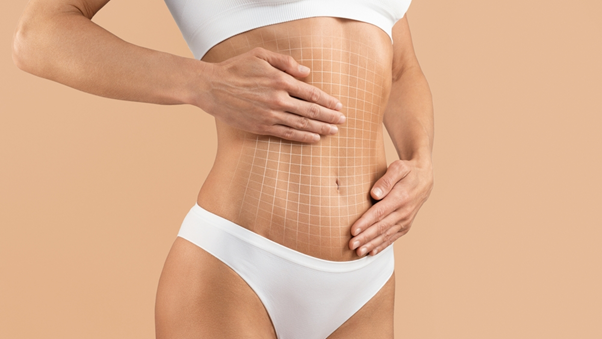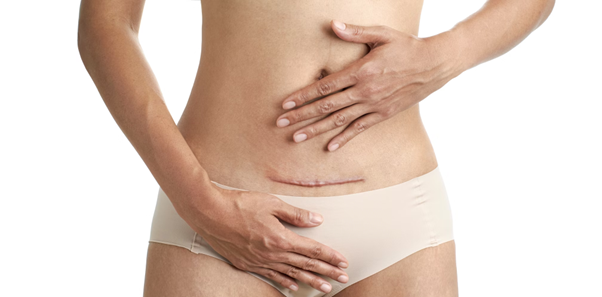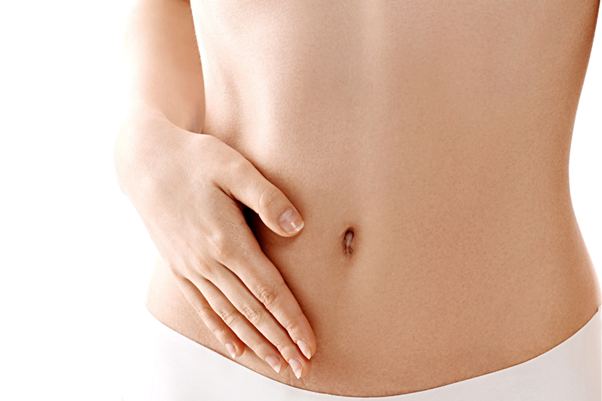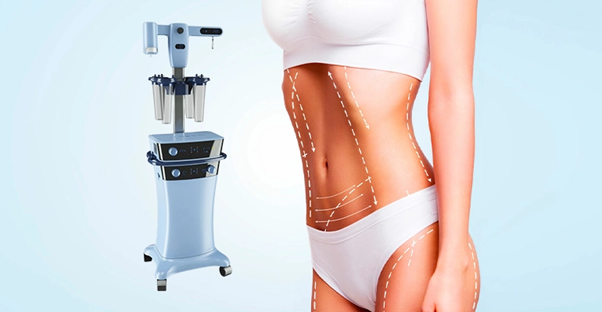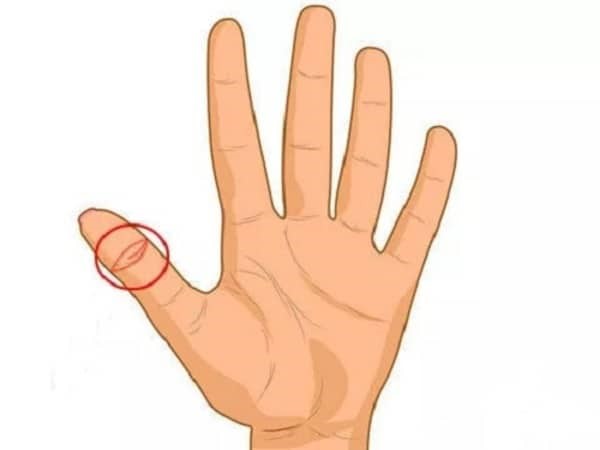The journey to achieving a flat, toned abdomen can be challenging for many individuals. Despite dedicated efforts in exercise and maintaining a healthy diet, stubborn fat deposits, loose skin, and weakened muscles can often prevent you from getting the desired results. In this article, we’ll explore everything you need to know about a tummy tuck, from the procedure to the benefits, risks, and recovery process.
A tummy tuck is a surgical procedure designed to remove excess skin, tighten abdominal muscles, and contour the abdomen for a more aesthetically pleasing appearance
What is a Tummy Tuck?
A tummy tuck, also known as abdominoplasty, is a cosmetic surgical procedure that helps improve the appearance of the abdomen by removing excess skin and fat, as well as tightening the underlying abdominal muscles. This procedure is particularly popular among those who have undergone significant weight changes or have experienced pregnancy, as these life events can lead to stretched skin and weakened abdominal muscles that are difficult to address with non-surgical methods alone.
There are several types of tummy tucks, each designed to cater to specific needs:
- Full Tummy Tuck: This procedure involves removing excess skin and fat from the entire abdomen, as well as tightening the abdominal muscles. The incision typically runs from hip to hip, just above the pubic area.
- Mini Tummy Tuck: This is a less invasive option for those with a small amount of excess skin and fat below the navel. It involves a shorter incision and focuses only on the lower abdomen.
- Extended Tummy Tuck: This version includes additional contouring of the flanks (love handles) to provide a more comprehensive result for patients with significant excess skin and fat in the abdominal and lower back areas.
Tummy tucks come in different forms, each designed to address specific needs and concerns
Why consider a Tummy Tuck?
A tummy tuck is an effective solution for a variety of cosmetic and practical reasons:
- Post-Pregnancy Changes: Pregnancy can significantly alter the abdominal region, leaving many women with loose, sagging skin and separated muscles (a condition known as diastasis recti). A tummy tuck can help address these issues, restoring the abdomen to its pre-pregnancy appearance.
- Post-Weight Loss: Significant weight loss, whether achieved through diet and exercise or bariatric surgery, can leave behind excess skin that hangs and detracts from the achievement of losing weight. A tummy tuck helps eliminate this extra skin, allowing patients to fully enjoy their transformed bodies.
- Aging: As we age, our skin loses elasticity, and the abdominal region may begin to sag. A tummy tuck can help tighten the skin and rejuvenate the abdominal area.
- Improved Core Strength: Tightening the abdominal muscles during a tummy tuck can also provide functional benefits, such as improved posture and core strength, which can alleviate back pain.
The Tummy Tuck Procedure: What to Expect
A tummy tuck is usually performed under general anesthesia, and the procedure can take between two to five hours, depending on the complexity. Here’s a breakdown of the steps involved:
- Incision: The surgeon begins by making an incision along the lower abdomen, typically from hip to hip. The size and placement of the incision will vary depending on the type of tummy tuck being performed.
- Muscle Repair: Once the skin is lifted, the underlying abdominal muscles are tightened and sewn together. This helps create a firmer, more toned abdominal wall.
- Fat and Skin Removal: Excess fat may be removed using liposuction, and excess skin is trimmed away. This helps contour the abdomen and gives a flatter appearance.
- Repositioning the Navel: In most cases, the navel is repositioned to maintain a natural look. The surgeon will create a new opening for the belly button to ensure it remains centrally located on the abdomen.
- Closure: Finally, the incisions are closed with sutures, skin adhesives, or clips, and the area is bandaged. A drain may be placed temporarily to prevent fluid buildup.
Recovery and Aftercare
- Initial Recovery: The first few days after surgery, you may experience swelling, bruising, and some discomfort. Your surgeon will likely prescribe pain medication to help manage these symptoms. Drains may be placed to prevent fluid buildup, and they are usually removed within a week or two.
- Rest and Mobility: It’s essential to rest during the initial days post-surgery, but light walking is encouraged to promote blood circulation and prevent complications like blood clots. You may be required to wear a compression garment to help reduce swelling and support the healing tissues.
- Resuming Activities: Most patients can return to non-strenuous activities within two weeks, while more vigorous activities, including exercise, should be avoided for about six weeks. It’s crucial to follow your surgeon’s specific instructions to ensure optimal healing.
- Scarring: The incision will leave a scar that will fade over time but may not disappear entirely. Scarring can be minimized with proper aftercare, including keeping the incision clean and avoiding sun exposure.
Recovery from a tummy tuck can vary depending on the individual and the extent of the procedure.
Benefits of a Tummy Tuck
The benefits of a tummy tuck go beyond physical appearance. Here are some of the advantages patients can experience:
- Improved Abdominal Contour: A flatter, firmer abdomen helps enhance the body’s overall contour, allowing patients to feel more confident in their clothing choices and general appearance.
- Better Posture and Reduced Back Pain: By tightening weakened abdominal muscles, a tummy tuck can help improve posture. Better posture may, in turn, alleviate back pain, which is often caused by poor abdominal support.
- Removal of Stretch Marks: If stretch marks are located on the excess skin being removed, a tummy tuck can significantly reduce or eliminate their appearance.
- Enhanced Quality of Life: Many patients report feeling more comfortable and confident in their bodies after a tummy tuck, which can lead to improvements in mental well-being and quality of life.
Risks and Considerations
As with any surgical procedure, a tummy tuck comes with risks, including:
- Scarring: While every effort is made to minimize scarring, a tummy tuck will leave a scar, typically concealed within the bikini line.
- Infection and Complications: There is a risk of infection, bleeding, and complications related to anesthesia. It’s essential to follow post-operative instructions carefully to reduce these risks.
- Prolonged Swelling and Numbness: Swelling can last for several weeks, and some patients may experience numbness in the abdominal area, which usually resolves over time.
- Not a Weight Loss Solution: It’s important to note that a tummy tuck is not a substitute for weight loss. Ideal candidates are those who are at or near their goal weight and looking to address specific concerns related to skin and muscle laxity.
The procedure involves some risks and requires a commitment to recovery, but with the guidance of an experienced surgeon, the benefits can be transformative.
A tummy tuck can be a life-changing procedure for individuals struggling with loose skin, excess fat, and weakened abdominal muscles. By addressing these issues, patients can achieve a more toned and contoured abdomen, which can help boost their confidence and quality of life. If you’re considering a tummy tuck and want to explore how it can help you achieve your body goals, DR.HARVARD is here to provide personalized, expert care. At DR.HARVARD, we prioritize your safety, comfort, and satisfaction, ensuring you get the results you desire. Book a consultation today to learn more about our tummy tuck procedure and take the first step towards a more confident you.

